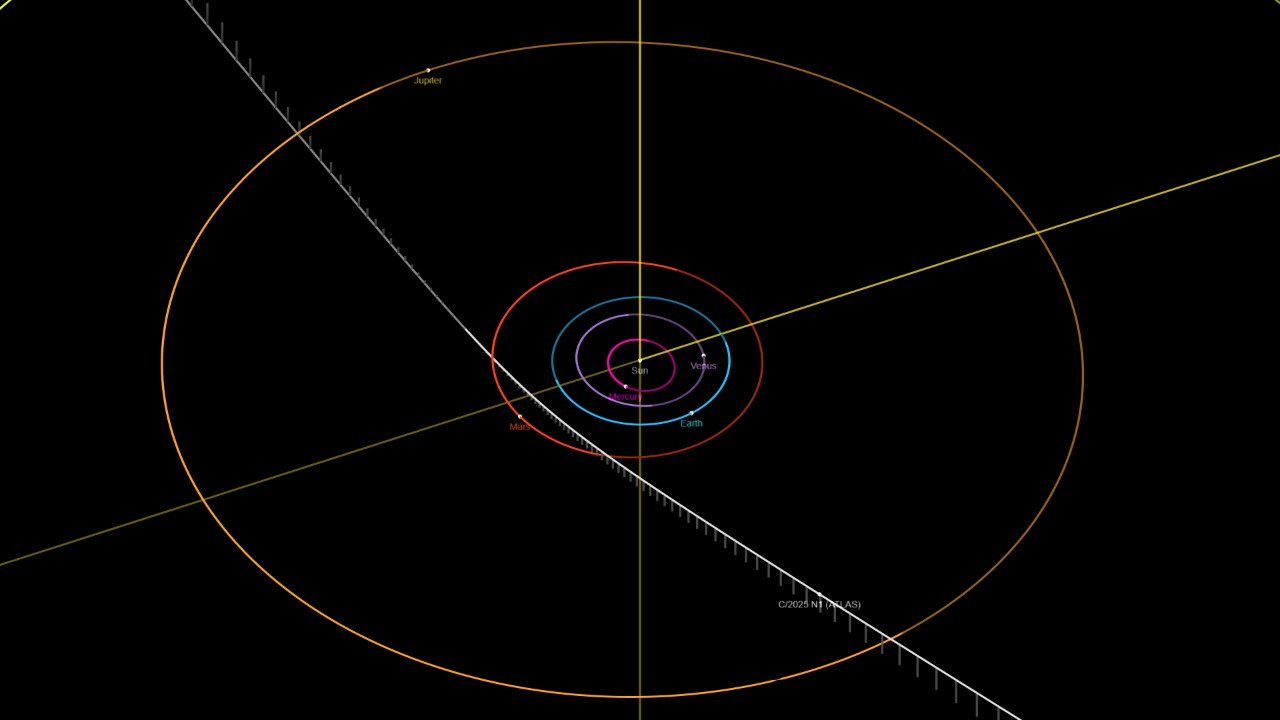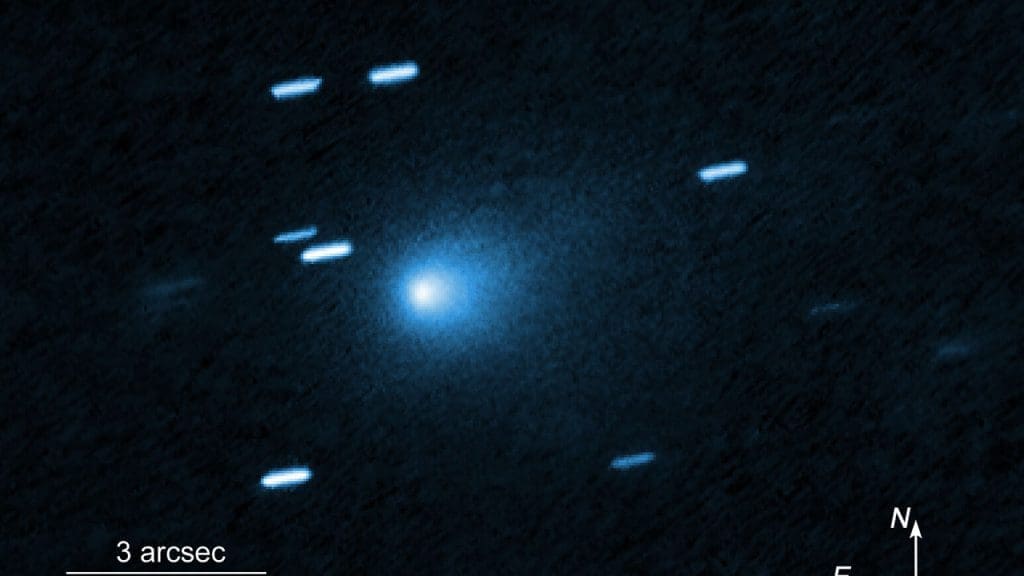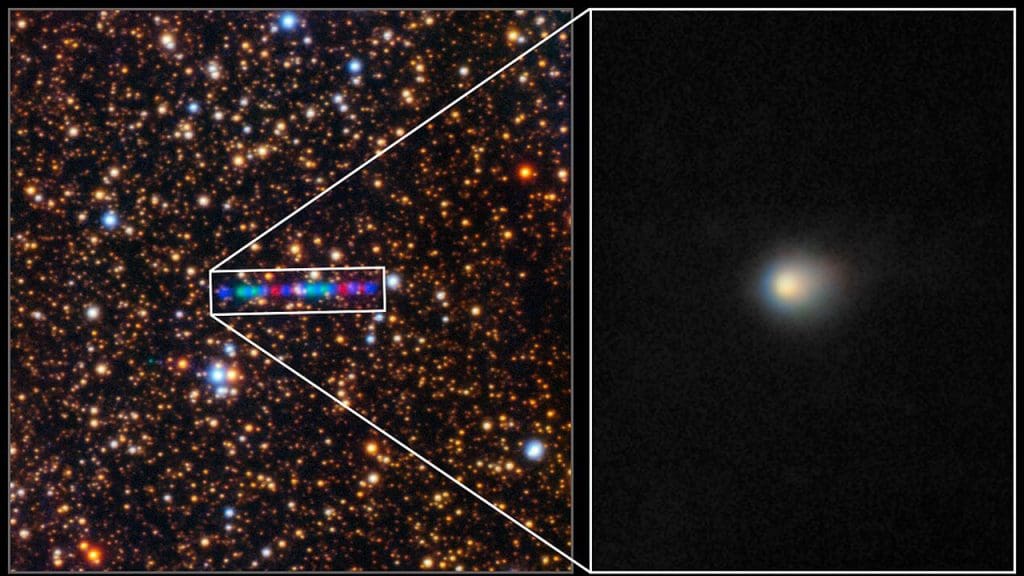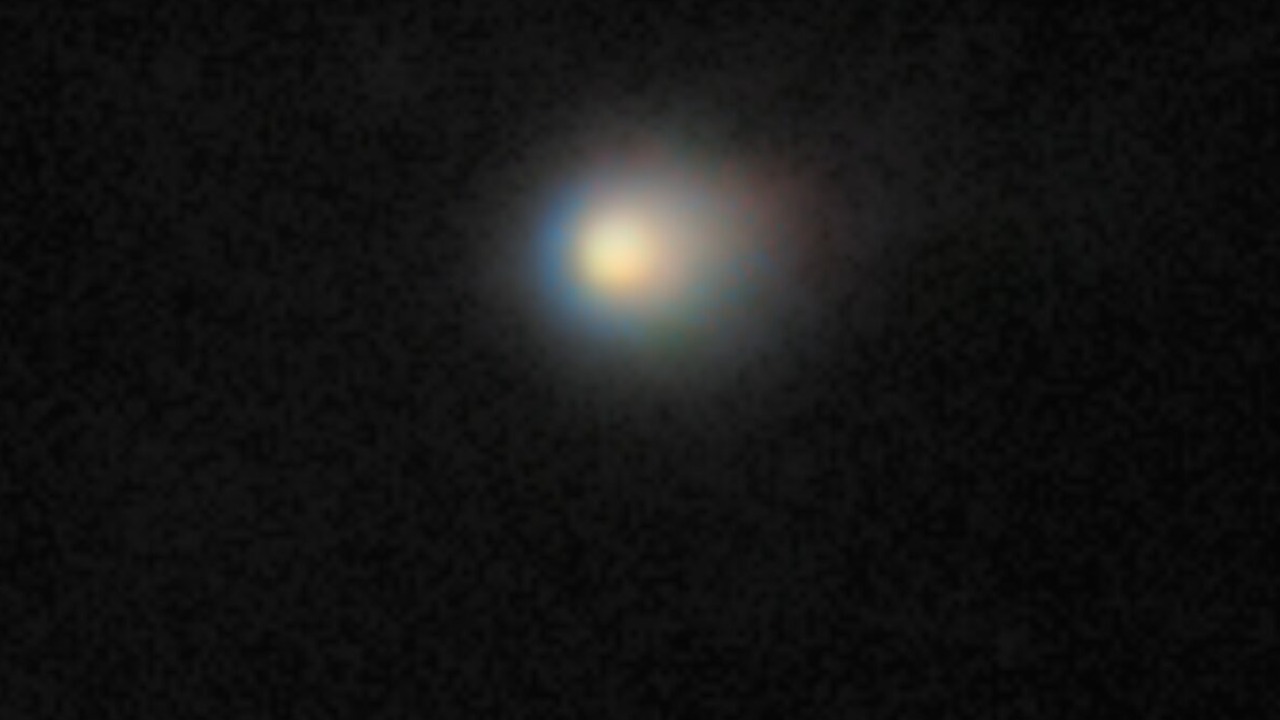
An interstellar object traveling at an astonishing speed of 130,000 mph has captured the attention of astronomers and sparked a warning from Harvard scientists about a potential ‘hostile alien threat.’ This revelation has ignited debates in the scientific community, stirring discussions on the implications of such an extraterrestrial encounter. As we examine the various facets of this discovery, it’s crucial to consider the scientific evidence, expert opinions, and the broader implications for humanity.
The Discovery of 3I/ATLAS

The interstellar object known as 3I/ATLAS has emerged as a subject of intense scrutiny due to its unique characteristics. Unlike typical celestial bodies observed within our solar system, 3I/ATLAS boasts a hyperbolic trajectory and an unprecedented speed, suggesting an origin beyond our solar system. It was first detected by astronomers using the Asteroid Terrestrial-impact Last Alert System (ATLAS), a project designed to identify near-Earth objects, in early 2023.
This discovery has drawn comparisons with previous interstellar visitors like ‘Oumuamua and Borisov, both of which captured public and scientific interest. ‘Oumuamua, detected in 2017, was the first known object of its kind and exhibited unusual acceleration, leading to speculation about its nature. Borisov, observed in 2019, resembled a typical comet, providing a counterpoint to ‘Oumuamua’s mystery. In contrast, 3I/ATLAS stands out due to its extraordinary velocity, reinforcing the intrigue surrounding its origin and purpose.
Harvard’s Warning and Scientific Reactions

The warning issued by Harvard scientists about the potential hostile nature of 3I/ATLAS has added an element of urgency to the scientific discourse. Their cautionary stance suggests that the object’s speed and trajectory might not be natural, raising the possibility of it being a probe or technological artifact from an advanced extraterrestrial civilization. This warning has elicited mixed reactions within the scientific community, with some experts expressing skepticism while others advocate for further investigation.
Among the skeptics, some argue that the warning is premature and not grounded in sufficient evidence. They point to the lack of direct observations indicating intelligent control over 3I/ATLAS. Conversely, supporters of the Harvard warning emphasize the importance of preparedness in the face of potential threats from space. They suggest that even if the likelihood of a hostile encounter is minimal, understanding and monitoring such objects could be vital for planetary defense. The motivations behind Harvard’s warning might include the desire to prompt increased research funding or to encourage international collaboration on space safety measures.
Analyzing the Speed and Trajectory

The remarkable speed and unusual trajectory of 3I/ATLAS have become key focal points in the analysis of its nature. Traveling at 130,000 mph, this object is among the fastest recorded to pass through our solar system. Its hyperbolic path suggests it is not gravitationally bound to the Sun, reinforcing its interstellar origin. Scientists are exploring whether such characteristics could imply artificial propulsion or intelligent control.
Theoretical implications of 3I/ATLAS’s speed and trajectory are vast. If the object were under intelligent control, it might indicate the presence of advanced technology capable of navigating vast interstellar distances. Alternatively, natural phenomena such as gravitational interactions with other celestial bodies could account for its peculiar path. While the possibility of intelligent control remains speculative, it underscores the need for continued observation and analysis to discern the true nature of 3I/ATLAS.
Potential Scenarios and Threat Assessments

Should 3I/ATLAS prove to be a hostile alien entity, several scenarios could unfold. One possibility is that it serves as a reconnaissance probe, gathering data on our solar system. In a more alarming scenario, it might represent an initial step in a larger extraterrestrial strategy. Regardless of its intent, scientists and global defense systems must develop protocols to respond to potential space threats effectively.
International cooperation would be crucial in addressing any threat posed by 3I/ATLAS. Space-faring nations must collaborate on monitoring, research, and defense initiatives to safeguard Earth. The role of organizations such as the United Nations and international space agencies would be instrumental in coordinating efforts to address potential extraterrestrial threats, ensuring a unified response to protect our planet.
The Broader Implications for Humanity

The existence of a potentially hostile alien object like 3I/ATLAS raises profound implications for human understanding of the universe. It challenges our perceptions of cosmic isolation and compels us to consider the possibility of encountering intelligent extraterrestrial life. Such a realization could have a transformative impact on scientific research, space exploration policies, and funding priorities.
Moreover, the detection of 3I/ATLAS invites philosophical and existential questions about humanity’s place in the cosmos. It prompts reflection on our readiness to interact with other intelligent beings and the ethical considerations of such encounters. As we continue to explore the universe, the discovery of interstellar objects like 3I/ATLAS serves as a reminder of the vastness and mystery of space, urging us to expand our horizons and deepen our understanding of the universe.